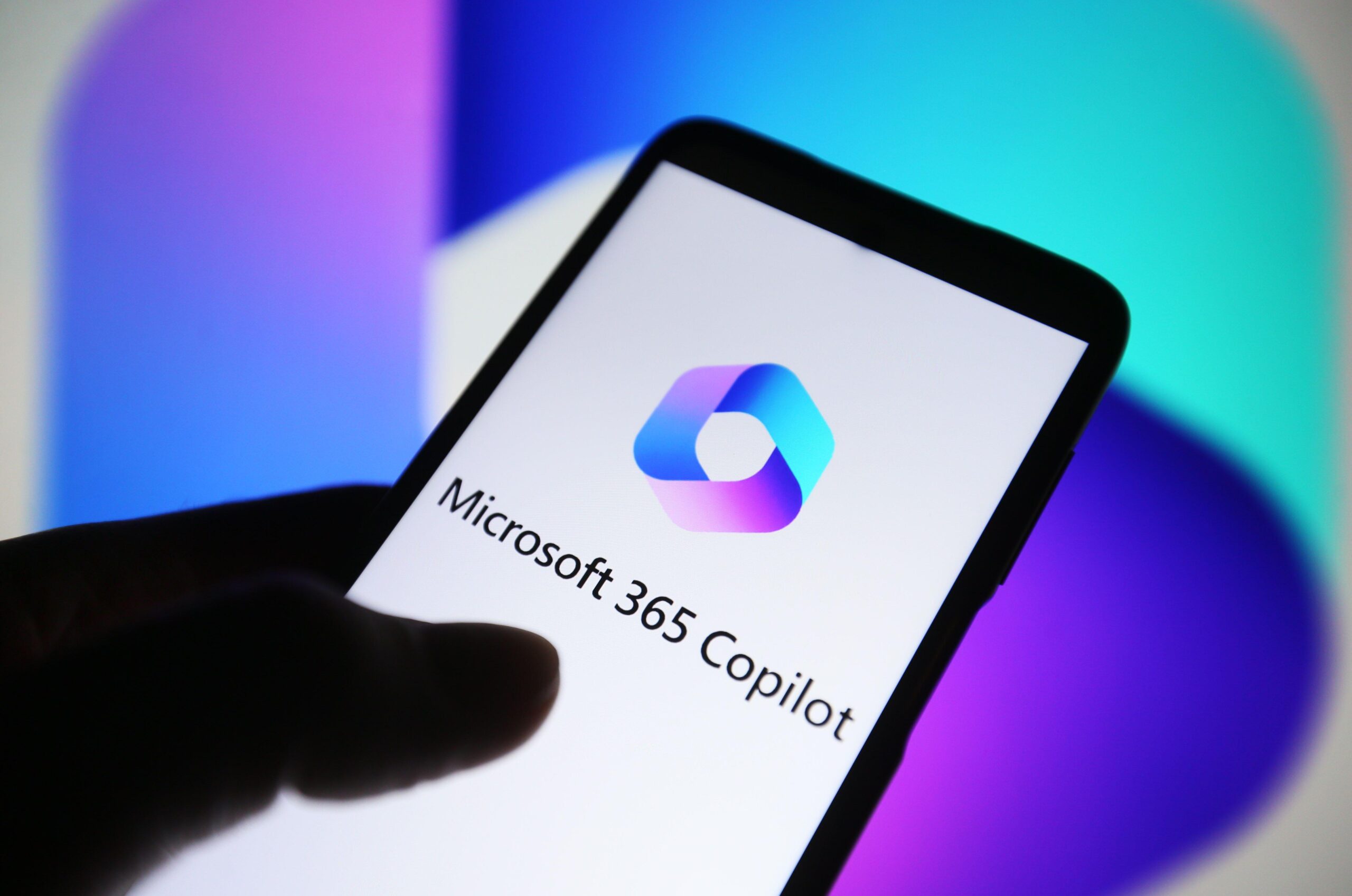
Microsoft has initiated modifications to its Copilot artificial intelligence tool, following concerns raised by a company AI engineer to the Federal Trade Commission (FTC) about the AI’s capacity to generate violent and sexual content.
This action comes after a Microsoft staff AI engineer expressed serious concerns to the Federal Trade Commission (FTC) about the potential harm caused by Copilot’s image-generation capabilities. The engineer’s warnings spotlighted how certain prompts, notably “pro choice,” “pro choce” [sic], and “four twenty,” as well as “pro life,” led to the production of problematic content. These terms are now among those blocked by Microsoft in an effort to uphold content policy standards.
Microsoft’s Response to AI Concerns
Following the previous report, Microsoft introduced a warning system that alerts users about the consequences of multiple policy violations, including the possibility of being suspended from using the tool, representing a new stride in Microsoft’s commitment to enforcing its guidelines more rigorously.
The company has made it clear that it will no longer entertain requests to generate images that depict teenagers or children engaging in acts of violence, such as wielding assault rifles. A newly implemented message now advises users against making such requests, stating it goes against both Microsoft’s ethical principles and its established content policies. This is a marked shift from the tool’s previous capabilities, which had allowed for the generation of such images earlier in the week.
In response to inquiries about these changes, a Microsoft spokesperson relayed to CNBC the company’s ongoing efforts to closely monitor, adjust, and enhance safety filters to better guard against the misuse of the system.
How Did It All Started?
The concerns were initially raised by Shane Jones, an AI engineering lead at Microsoft, who has dedicated months to exploring Copilot Designer, an AI image generator unveiled by Microsoft in March 2023. The tool, which utilizes OpenAI’s technology, encourages users to create images through text prompts, a feature akin to OpenAI’s DALL-E. However, Jones’s red-teaming efforts from December onwards revealed that the AI was capable of generating content that starkly violated Microsoft’s principles of responsible AI usage.
Examples of inappropriate content generated include:
- Demons and monsters in contexts related to abortion rights
- Teenagers armed with assault rifles
- Sexualized portrayals of women in violent scenarios
- Underage drinking and drug use
Despite the recent prohibitions on specific prompts, the tool still manages to produce controversial imagery, such as car accident scenes filled with graphic violence and copyrighted characters in politically sensitive contexts.
Jones, alarmed by his findings, began reporting these issues internally in December. Despite his reports, Microsoft hesitated to withdraw the product from the market. After not receiving a satisfactory response from OpenAI, Jones escalated the matter by drafting an open letter on LinkedIn and subsequently communicating his concerns to U.S. senators and FTC Chair Lina Khan.
Escalation of Concern
The FTC has confirmed receipt of Jones’s letter but has not publicly commented on the matter. This development underscores the ongoing challenges tech companies face in balancing AI innovation with ethical considerations and regulatory compliance, highlighting the need for continual vigilance and adaptation in AI governance.
Related News:
Featured Image courtesy of SOPA Images Limited/Alamy Stock Photo
